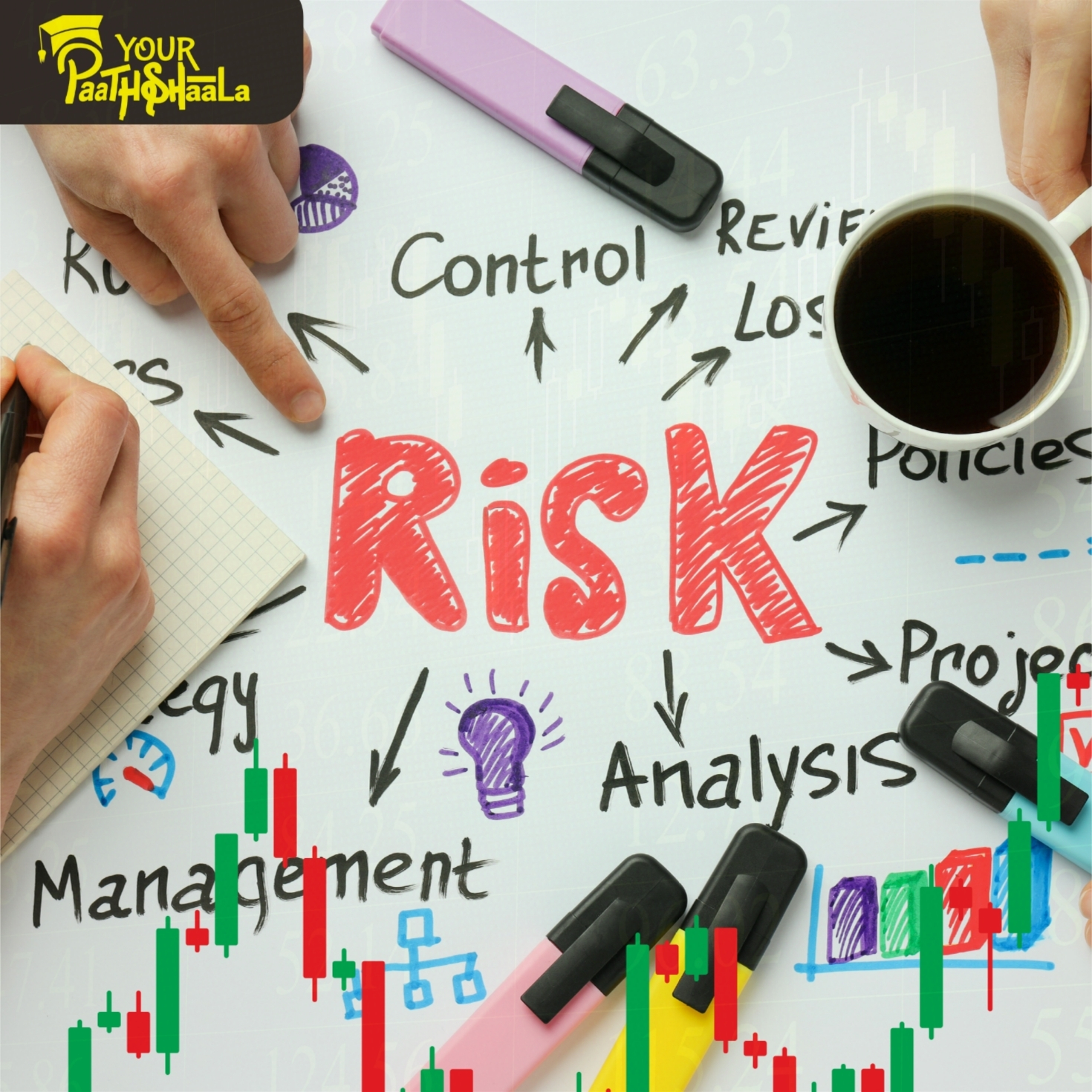Risk Management Essentials: Protect Your Investments Smartly in 2025
Protecting your investments requires smart risk management to navigate the unpredictable nature of markets. As of September 22, 2025, position sizing, stop-loss orders, and maintaining a separate emergency fund are critical tools to safeguard your portfolio. This 2000-word guide simplifies these strategies with three core principles: never invest money you can’t afford to lose, don’t put too much in one stock, and learn practical tools to manage risks effectively. Offering actionable insights for beginners and seasoned investors, this guide helps you build safer investment habits. Ready to protect your wealth? Let’s dive into risk management essentials.
What are Risk Management Essentials?
Risk management essentials are strategies to minimize potential losses while preserving investment growth. Position sizing limits exposure to any single asset, stop-loss orders cap downside risk, and an emergency fund ensures living expenses are safe from market volatility. With markets facing volatility (VIX at 18, per CBOE) and poor risk management costing retail investors 15% of returns in 2024, per Bloomberg, these principles are vital for resilient portfolios in 2025’s dynamic financial landscape.
Key Strategies for Risk Management Essentials
To excel in risk management, focus on three key strategies: using position sizing to limit exposure, implementing stop-loss orders to control losses, and maintaining a separate emergency fund for financial security. Below, we explore each in detail.
1. Position Sizing: Don’t Put Too Much in One Stock
Position sizing ensures no single investment can significantly harm your portfolio by limiting the percentage allocated to any one stock or asset. For example, capping each position at 5% of a portfolio protected investors from 20% losses in single stocks during 2024’s tech dip, per Morningstar.
How to Implement Position Sizing
Allocate no more than 5-10% of your portfolio to a single stock or ETF like SPY (S&P 500).
Use portfolio management tools like Morningstar or Personal Capital to track allocations.
Rebalance regularly to maintain desired position sizes as markets shift.
Diversify across sectors like healthcare (XLV) and consumer staples (XLP) to spread risk.
Position sizing reduces exposure but may limit gains, so balance with growth-oriented assets.
2. Stop-Loss Orders: Limiting Downside Risk
Stop-loss orders automatically sell a stock when it falls below a set price, capping losses during market declines. For instance, a 10% stop-loss on a $100 stock triggers a sale at $90, protecting against deeper drops in volatile markets.
How to Use Stop-Loss Orders
Set stop-loss orders on platforms like Interactive Brokers or Fidelity, typically 10-20% below purchase price.
Invest in ETFs like VTI (total market) with stop-losses to manage broad market risks.
Adjust stop-loss levels based on volatility (VIX at 18, per CBOE) and risk tolerance.
Diversify across assets with stop-losses and stable investments like bonds (BND) for balance.
Stop-loss orders limit losses but risk premature sales, so set levels carefully based on analysis.
3. Emergency Fund: Protecting Living Expenses
An emergency fund, kept separate from investments, covers 3-6 months of living expenses, ensuring market downturns don’t force you to sell assets at a loss. For example, a $20,000 fund protected investors from panic selling during 2024’s market dips, per Bloomberg.
How to Maintain an Emergency Fund
Store funds in high-yield savings or money market accounts via platforms like Ally or Schwab.
Avoid dipping into investments for emergencies by keeping funds liquid and separate.
Replenish the fund after use to maintain financial security.
Diversify investments across ETFs like VOO (S&P 500) while keeping emergency funds untouched.
Emergency funds provide security but earn low returns, so balance with growth-focused investments.
Risks and Challenges in Risk Management Essentials
Risk management offers protection but comes with challenges:
Over-Cautiousness: Excessive risk avoidance may limit returns in bull markets.
Market Volatility: Rapid swings (VIX at 18, per CBOE) can trigger stop-losses prematurely.
Liquidity Needs: Emergency funds tie up capital, reducing investable assets.
Economic Pressures: Inflation (3.5% CPI in 2024, per FRED) erodes savings value.
To mitigate risks, diversify strategies, adjust stop-losses dynamically, and monitor economic trends. Professional guidance can optimize execution.
Tools and Resources for Risk Management Essentials
To excel in risk management, leverage these tools:
Portfolio Platforms: Use Morningstar, Personal Capital, or Bloomberg Terminal for position sizing and tracking.
Trading Platforms: Access stop-loss features via Interactive Brokers or Fidelity.
Savings Tools: Manage emergency funds with Ally, Schwab, or high-yield savings calculators.
Educational Resources: YourPaathshaala offers practical lessons and free demo classes.
These tools, paired with disciplined research, can enhance your risk management strategy.
Why Risk Management Essentials Matter in 2025
As of September 22, 2025, risk management is critical amid volatile markets. Poor risk strategies cost retail investors 15% of returns in 2024, per Bloomberg, while well-managed portfolios outperformed by 7%, per Morningstar. With economic pressures (3.5% CPI, per FRED) and market volatility (VIX at 18, per CBOE), position sizing, stop-loss orders, and emergency funds are essential for protecting investments and ensuring financial stability in 2025.
Getting Started with Risk Management Essentials
Ready to protect your investments smartly? Follow these steps:
- Learn Risk Basics: Study position sizing, stop-loss orders, and emergency funds.
- Choose a Platform: Select a broker with risk management tools and savings options.
- Start Small: Test risk strategies with a small, diversified portfolio.
- Diversify: Spread investments across stocks, bonds, and liquid savings.
- Seek Education: Join YourPaathshaala’s free demo classes for practical lessons, located near Anjali Children Hospital, Tagore Nagar, Mathpurena, Raipur, Chhattisgarh, PIN code: 492001.
Conclusion
Risk management essentials—through position sizing, stop-loss orders, and maintaining an emergency fund—empower investors to protect their portfolios in 2025. By following simple principles—never invest money you can’t afford to lose, don’t put too much in one stock, and use practical tools—you can build safer investment habits. Despite challenges like over-cautiousness or market volatility, diversified strategies and reliable tools can lead to success. Explore these concepts with YourPaathshaala’s clear, practical lessons and free demo classes to address your doubts.
Visit YourPaathshaala
Near 🏥 Anjali Children Hospital, Tagore Nagar, Mathpurena, Raipur.
📫 PIN code: 492001, Chhattisgarh
📞 Click the Call Now to contact us!






